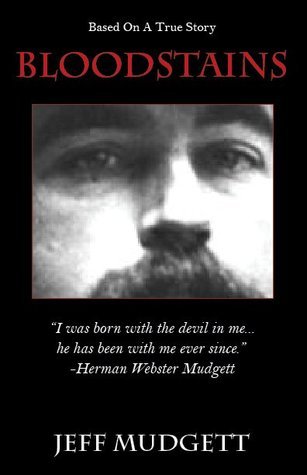
Murder in Mississippi
Book Description
Blood stains the soil of Mississippi, where a decades-old murder reverberates through time. John Safran plunges into a chilling investigation that uncovers buried secrets, shattered lives, and a community grappling with its haunted past. As the line between history and personal truth blurs, racial tensions surface, and the quest for justice takes unexpected turns. Each revelation pulls tighter the strings of a complex web, leaving emotions raw and stakes higher than ever. Amid whispers of betrayal and redemption, the question looms: how far will one go to unearth the truth in a place that's tried so hard to forget?
Quick Book Summary
"Murder in Mississippi" by John Safran is a gripping nonfiction exploration of a real-life murder that exposes the deep-seated racial tensions, historical scars, and sharply divided communities of the American South. Safran, an Australian documentarian, delves into the killing of a notorious white supremacist, uncovering complex layers of prejudice, justice, and personal vendettas. Through meticulous investigation and interviews, he reveals how the echoes of history shape the present, blurring the lines between objective truth and personal narrative. Intertwining memoir with true crime, Safran illustrates how the search for justice is complicated by race, memory, and local loyalties, offering a revealing portrait of a community and country grappling with uncomfortable truths.
Summary of Key Ideas
Table of Contents
Racial Tensions and Historical Legacies
John Safran’s journey begins with curiosity and an outsider’s perspective: the murder of Richard Barrett, a well-known white supremacist, by Vincent McGee, a young Black man, in rural Mississippi. Safran embarks on a personal investigation, driven by a desire to understand the intricate realities of modern Mississippi. Through interviews, court sessions, and conversations with locals, he starts to unravel the complicated social landscape shaped by centuries of racial strife and suspicion. His outsider status grants him unique access but also exposes the deep mistrust within the community, especially when it comes to discussing race and justice.
The Complexities of Truth and Justice
The murder acts as a lens through which Safran examines the legacy of racism in the American South. The lives and attitudes of both the victim and the accused are shaped by Mississippi's haunted history, and Safran deftly uncovers how wounds from segregation, the Civil Rights Movement, and ongoing economic inequality still divide the region. He finds that public narratives often clash with private truths, with locals holding conflicting accounts of both past and present, blurring the line between historical justice and modern-day vengeance.
Insider and Outsider Perspectives
As the investigation deepens, Safran grapples with the ambiguities between fact and fiction. His personal biases and emotions begin to infiltrate the story, highlighting the challenges of balancing investigative journalism with memoir. He questions his role—whether as neutral observer or an involved participant influencing the outcome—and exposes his own growing obsession with the case. The blending of personal experience with journalistic inquiry raises questions about the nature of truth in an environment rife with secrets, memory lapses, and self-preservation.
Personal Involvement and Memoir
Safran's relationships with key figures—lawyers, family members, activists, and neighbors—demonstrate how community identity and memory are fiercely protected. He learns that the pursuit of justice is not only a matter of law but also of deep communal negotiation, where past grievances and alliances come into play. His presence often forces difficult conversations about forgiveness, retribution, and the possibility of reconciliation in a landscape suspicious of outsiders.
Community, Memory, and Reconciliation
Ultimately, "Murder in Mississippi" describes a world where justice is elusive and historical wounds influence every interaction, verdict, and recollection. The book leaves readers contemplating the personal cost of unearthing uncomfortable truths, both for individuals and communities. Safran’s memoir-driven investigation challenges us to reconsider everything we assume about crime, race, and justice, illustrating how the echoes of one murder can illuminate the larger unresolved conflicts of a region and nation.
Download This Summary
Get a free PDF of this summary instantly — no email required.





